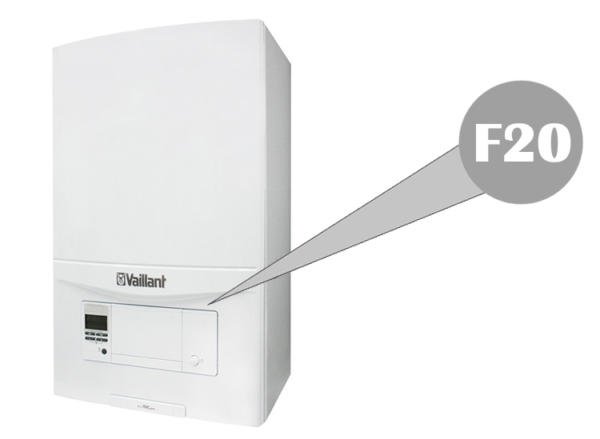
Vaillant boilers, a brand synonymous with dependability, effectiveness, and user-oriented design, occasionally demonstrate a few hiccups in their operations. One of the recurring issues that users may confront is the infamous F20 fault. This comprehensive article will decode the intricacies of this fault, explore its likely triggers, and provide a roadmap to troubleshoot and rectify the problem.
Let’s begin by elucidating the F20 fault. Displayed as an error message on the boiler’s user interface, the F20 code is a red flag indicating that the boiler’s temperature regulation mechanism or heating system has gone awry. In simpler terms, it denotes that the boiler has exceeded its regular operating temperature, a situation that can stem from a variety of causes and could escalate if not rectified promptly.
A closer look at the F20 fault reveals that the root of the problem typically lies in the compromised circulation within the system. When the water circulation is impeded, it leads to an overheating of the boiler water, setting off the F20 alarm. This scenario can occur due to a multitude of factors such as a jammed or dysfunctional valve, an inoperative pump, or even discrepancies in the system’s pressure. At times, the accumulation of residue or scale within the system can also precipitate this error, thus underscoring the importance of periodic system maintenance and evaluation.
Given the potential safety hazard associated with an overheating boiler, the emergence of an F20 fault should be treated with due caution. The immediate course of action would involve turning off the boiler and reaching out to a certified professional or heating engineer to diagnose and address the issue. However, a few preliminary checks can be performed to ascertain the cause of the fault.
Begin by examining the boiler’s pressure parameters. The F20 fault is often the outcome of a significant drop in pressure. The boiler’s pressure gauge provides a reliable measure of the existing pressure levels, and if it reads less than 1 bar, it is an indication that the pressure is insufficient and needs augmentation.
The pump represents another potential source of the F20 fault. An inefficient pump impedes the water circulation, resulting in boiler overheating. A telltale sign of a malfunctioning pump is cold radiators despite an operational boiler, indicating the need for a pump repair or replacement.
A thorough inspection of the system to detect any conspicuous blockages or leaks can also prove beneficial. A detected leak warrants immediate professional intervention to mitigate further damage.
Armed with these insights from the preliminary checks, a professional engineer can be engaged to address the issue. The details collected from the initial evaluation can significantly aid the professional in pinpointing the problem and devising an effective solution.
For severe boiler damage or complex issues, a complete system overhaul or boiler replacement might be the recommended course of action. Engaging in a dialogue with the engineer to understand the best solution, based on their professional expertise and the system inspection, is advisable.
The significance of regular boiler maintenance as a preventive measure against boiler faults cannot be overstated. An annual boiler service by a certified engineer facilitates early detection of potential issues, preventing them from spiralling into hefty repair bills. A well-serviced boiler not only operates efficiently but also ensures monetary savings on energy bills and a reduced carbon footprint.
To sum it up, the Vaillant Boiler F20 fault is essentially a warning signal indicating an overheating issue within the boiler, which can stem from pressure discrepancies, pump malfunctions, or system blockages. When faced with this fault, it is essential to conduct a preliminary assessment before seeking professional assistance to address the issue. A regular maintenance regimen can act as a bulwark against such faults, ensuring the smooth, efficient, and safe operation of the boiler.
Understanding the F20 fault not only demystifies the process but also equips the user to respond in a timely and efficient manner, ensuring the boiler’s longevity and the safety and comfort of the home.